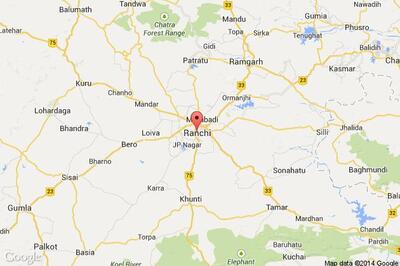
views
BHUBANESWAR: Culling commenced at Mayurbhanj’s Bahanaga on Wednesday as 10 teams fanned out to the rural pockets and collected the poultry birds. By the end of the day, over 1,800 birds had been culled and buried. The rapid response teams (RRTs) deployed by the Mayurbhanj district administration used public address system to get the people to disclose their birds and surrender them for culling. While the surveillance teams went from door-to-door for the collection of birds, disinfection was also done simultaneously.Bahanaga, under Betanati block, is reported to have poultry birds not more than 7,000 in number. The veterinary officials along with the district administration are hopeful of completing the culling exercise in the next three days. “Since the national highway cuts through Betanati, tyres of vehicles are being sprayed with disinfectants too,” said an officer. The district administration has earmarked a vacant spot in a reserve forest where two burial pits have been created.TESTS POSITIVE FOR H5N1: Meanwhile, the Government has received a crow sample from Angul testing positive for H5N1 but there is little it can do for the flying birds except for heightening the surveillance. The Fisheries and Animal Resources Development (FARD) Department has asked the Angul administration to put in place a strong surveillance, sanitation and bio-safety measures in the farms. “People are advised to inform the surveillance teams when they spot dead crows,” an official spokesman said. With culling operation over at Keranga, the epicentre of panic seems to have moved away to Mayurbhanj. Going by the resumption of broiler and egg sale in the Capital, people have begun to consume chicken. Sources in the Opolfed said its sales which had dropped to nil last week have started looking up. “Yesterday, we had an order for 25 kg against the normal sale of 2 quintal. Today, we received order for 75 kg from Bhubaneswar kiosks. Normalcy is returning,” General Manager Prashant Biswal said. However, the import of eggs from Andhra Pradesh had suffered a temporary halt with some Collectors imposing a restriction but the FARD Department has written to them saying no ban had been placed. Everyday, Odisha consumes 65 lakh eggs of which about 23 lakh are produced by the 60-odd layer farms which are in the organised sector. The un-organised sector chipped in with another five to six lakh eggs. The rest was sourced from AP but the self-imposed ban by Collectors led to a halt in the import which is starting to resume now.




















Comments
0 comment